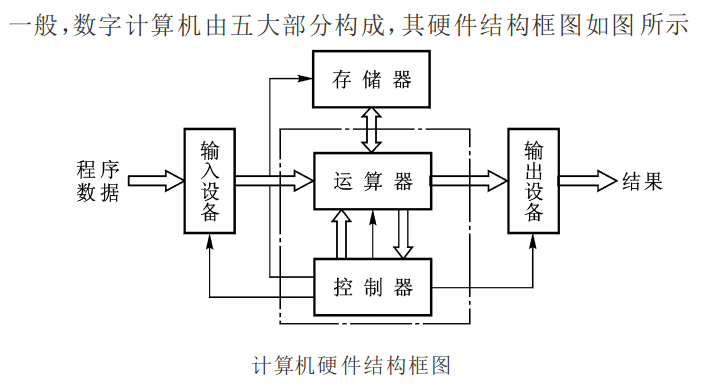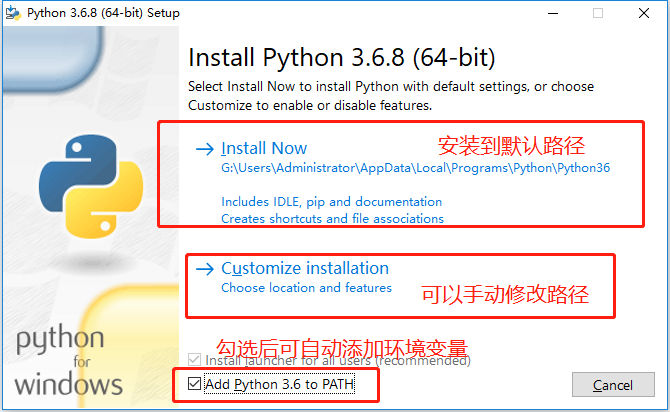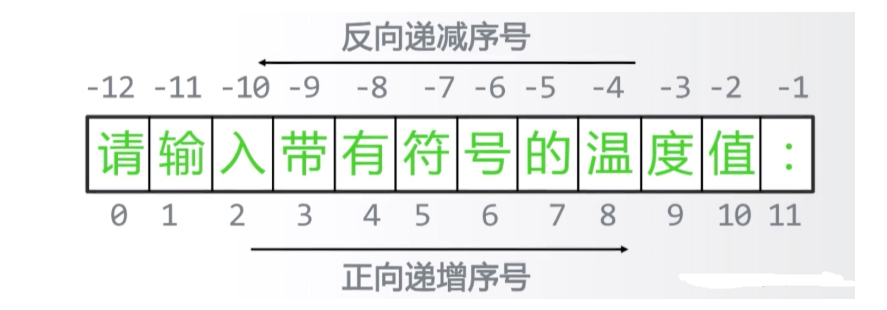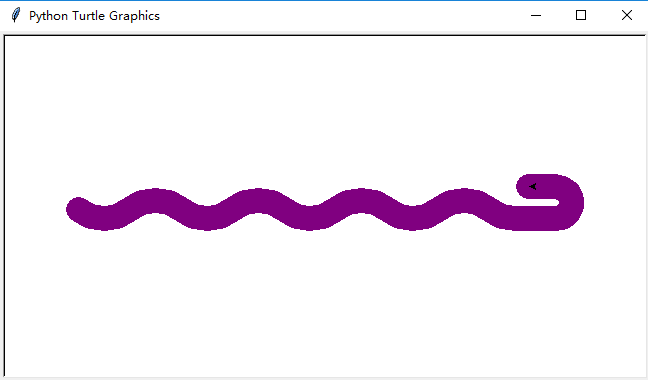文本词频统计
- 需求:一篇文章,出现了哪些词?哪些词出现得最多?
- 该怎么做呢?
英文文本 –> 中文文本
-
英文文本:Hamlet 分析词频
-
中文文本:《三国演义》 分析人物
| |
| |
| def getText(): |
| txt = open("hamlet.txt", "r").read() |
| txt = txt.lower() |
| for ch in '!"#$%&()*+,-./:;<=>?@[\\]^_‘{|}~': |
| txt = txt.replace(ch, " ") |
| return txt |
| |
| hamletTxt = getText() |
| words = hamletTxt.split() |
| counts = {} |
| for word in words: |
| counts[word] = counts.get(word, 0) + 1 |
| items = list(counts.items()) |
| items.sort(key=lambda x: x[1], reverse=True) |
| for i in range(10): |
| word, count = items[i] |
| print("{0:<10}{1:>5}".format(word, count)) |
| the 948 |
| and 855 |
| to 650 |
| of 581 |
| you 494 |
| a 468 |
| my 447 |
| i 443 |
| in 373 |
| hamlet 361 |
| |
| |
| import jieba |
| txt = open("threekingdoms.txt", "r", encoding="utf-8").read() |
| words = jieba.lcut(txt) |
| counts = {} |
| for word in words: |
| if len(word) == 1: |
| continue |
| else: |
| counts[word] = counts.get(word, 0) + 1 |
| items = list(counts.items()) |
| items.sort(key=lambda x: x[1], reverse=True) |
| for i in range(15): |
| word, count = items[i] |
| print("{0:<10}{1:>5}".format(word, count)) |
| Building prefix dict from the default dictionary ... |
| Loading model from cache /var/folders/mh/krrg51957cqgl0rhgnwyylvc0000gn/T/jieba.cache |
| Loading model cost 1.030 seconds. |
| Prefix dict has been built succesfully. |
| |
| 曹操 953 |
| 孔明 836 |
| 将军 772 |
| 却说 656 |
| 玄德 585 |
| 关公 510 |
| 丞相 491 |
| 二人 469 |
| 不可 440 |
| 荆州 425 |
| 玄德曰 390 |
| 孔明曰 390 |
| 不能 384 |
| 如此 378 |
| 张飞 358 |
将词频与人物相关联,面向问题
词频统计 –> 人物统计
| |
| import jieba |
| txt = open("threekingdoms.txt", "r", encoding="utf-8").read() |
| excludes = {"将军", "却说", "荆州", "二人", "不可", "不能", "如此"} |
| words = jieba.lcut(txt) |
| counts = {} |
| for word in words: |
| if len(word) == 1: |
| continue |
| elif word == "诸葛亮" or word == "孔明曰": |
| rword = "孔明" |
| elif word == "关公" or word == "云长": |
| rword = "关羽" |
| elif word == "玄德" or word == "玄德曰": |
| rword = "刘备" |
| elif word == "孟德" or word == "丞相": |
| rword = "曹操" |
| else: |
| rword = word |
| counts[rword] = counts.get(rword, 0) + 1 |
| for word in excludes: |
| del counts[word] |
| items = list(counts.items()) |
| items.sort(key=lambda x: x[1], reverse=True) |
| for i in range(10): |
| word, count = items[i] |
| print("{0:<10}{1:>5}".format(word, count)) |
| 曹操 1451 |
| 孔明 1383 |
| 刘备 1252 |
| 关羽 784 |
| 张飞 358 |
| 商议 344 |
| 如何 338 |
| 主公 331 |
| 军士 317 |
| 吕布 300 |
- 中文文本分词
- 使用字典表达词频
- 扩展程序解决问题
- 根据结果进一步优化
隆重发布《三国演义》人物出场顺序前20:曹操、孔明、刘备、关羽、张飞、吕布、赵云、孙权、司马懿、周瑜、袁绍、马超、魏延、黄忠、姜维、马岱、庞德、孟获、刘表、夏侯惇
- 《红楼梦》、《西游记》、《水浒传》…
- 政府工作报告、科研论文、新闻报道 …
- 进一步呢? 未来还有词云…






